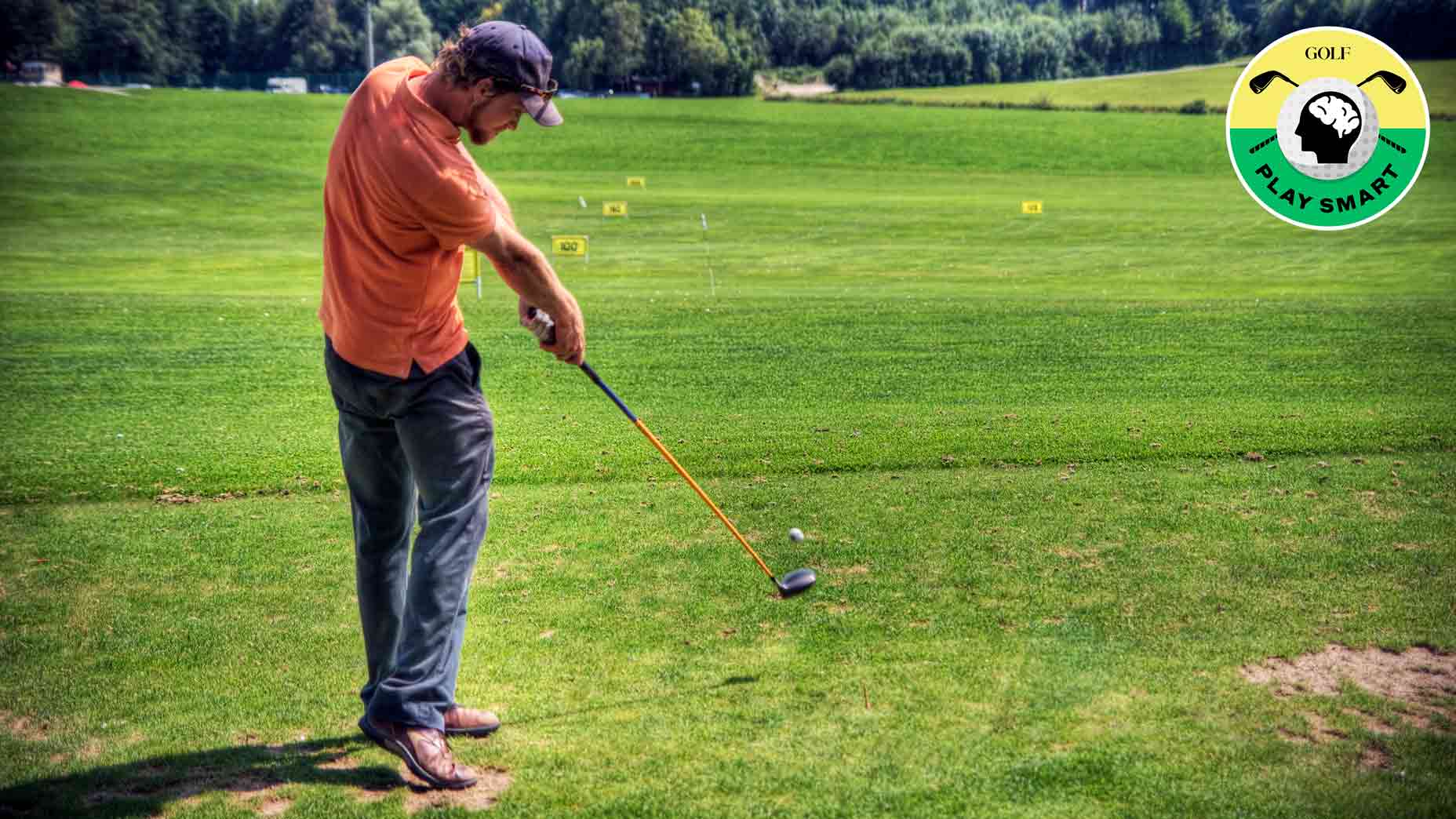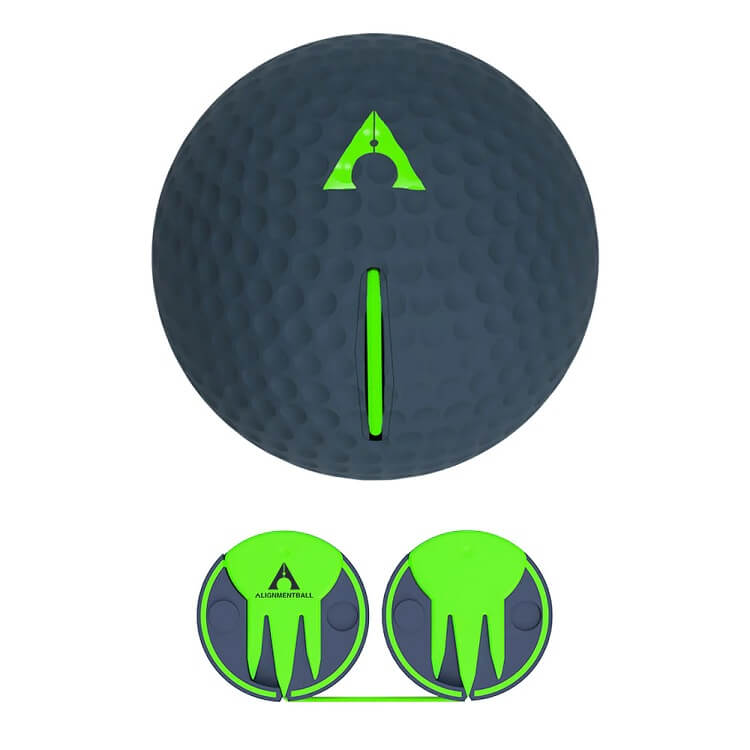
There are plenty of mistakes golfers make prior to playing a round, so GOLF Top 100 Teacher Jim Murphy explains how to correct them.
Getty Images
There’s no shame in admitting mistakes on the golf course. From alignment issues to opening your clubface to, well, you get the idea; golfers make all sorts of mistakes on the golf course. Some are uncontrollable, while others are very much within our own control.
While it’s difficult to have everything go right all the time, one thing that no golfer should do is fall behind before a round even starts.
So what does that mean? It means they make mistakes that impact their scorecard before even swinging a club.
As you might imagine, there are a number of common mistakes that amateurs make before a round, and GOLF Top 100 Teacher Jim Murphy doesn’t just highlight a few below, but he provides some guidance on how to avoid them. So take notes and start taking more control of your game before actually teeing off!
Common mistakes before a round, and how to correct them
As mentioned above, every golfer makes mistakes — even the pros. The key to any mistake is to admit it, learn from it, and try to avoid doing it again. That’s what the all-time greats in any sport are able to do.
So if you’re looking to get better at golf (and who isn’t?), avoid making these common mistakes before a round.
Rushing to the golf course
According to Murphy, this is something he sees from players all the time — and most of us can probably relate to it.
“Players will make a tee time in the afternoon and just jump in the car, driving as fast as possible to get to the course,” says Murphy. “Now they feel rushed with no time to settle down, which is something the pros never do.”
When this happens, Murphy adds, “your whole mind and body are racing, and this isn’t good for your tempo or your mindset.”
So always be sure to arrive to a tee time with some minutes to spare.
Ideally, you’ll have time to warm up on the putting surface or hit some balls on the range. But if you’re short on time, at the very least, make sure you give yourself 5-10 minutes to gather your thoughts and go from work mode to golf mode.
Not allowing enough time for correct warm up
As mentioned above, ideally, you arrive to the course with enough time to swing the club and get a feel for the course, the conditions, your swing, etc. Even when amateurs don’t have a conflict before a tee time, Murphy says he still sees people arrive to the course without much time to warm up.
“Most pros have a regular routine or an amount of time that they schedule to warm up before a round,” he says. “I see amateurs leave themselves little to no time to loosen up, or even stretch, before a round. Players should allow enough time to hit some wedges, short irons, long iron, drivers, a few chips, pitches, a couple sand shots, and as many putts as they can.”
Not spending enough time on the putting green
Ask any amateur what they want to practice before a round, and most of them will tell you it’s hitting their driver. But get over the obsession with the big dawg and focus on something much more important: Putting!
“Amateurs don’t spend enough time on the practice green before a round, which forces them to spend the first few holes getting a feel for the greens and their speed. This is costing them strokes,” says Murphy. “No matter the skill level of a player, they should always hit a few short putts to get their confidence before a round. Once they settle in from short range, extend the distance to 20-, 30-, and 40-feet, which will help develop distance control.”
Not having a game plan
Every golfer wants to go low on the scorecard, but do you have a plan to make it happen for yourself? Not many amateurs can answer that, because they don’t make a blueprint for their upcoming round.
For instance, if you want to shoot 80 or under, that means you essentially must par 10 holes and can bogey eight. So what’s your game plan to avoid double bogeys? Do you have the distances of each club in your bag? How are you going to approach the par-3s versus the par-5s? What type of course management are you going to use?
“There is an old saying, ‘When you fail to plan, then you plan to fail!’” says Murphy. “Many amateurs go to the course and just see what it gives them. Instead, they should have a game plan for how they want to play each hole and each shot. This doesn’t guarantee success, but it does give you a great opportunity for it.”
All of our market picks are independently selected and curated by the editorial team.
If you buy a linked product,
GOLF.COM may earn a fee. Pricing may vary.
Swing Arc
$44.95
The Swing Arc is a versatile golf training aid that provides great feedback on your golf swing and will teach you the proper path to hit draws and fades. It can be used for full swing, chipping, pitching and even bunker shots.
Alignment Ball
$39.99
Close to 20 feet of retractable cable! The Alignment Ball will help you work on start line easily and quickly on the putting green. Built in spokes make setup easy and efficient.












